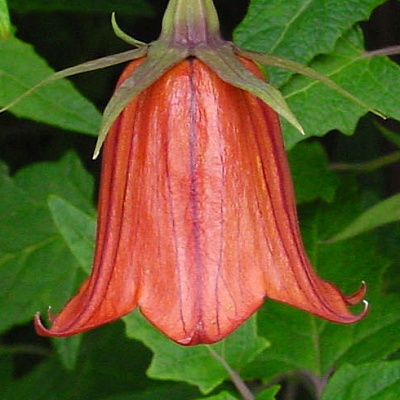Germinating the seeds
Plant your seeds when you receive them for the best germination
Getting started -- You may plant each seed in individual, small containers,
such as seedling starter trays For soil, use a well draining
mix. I use a mix of 1 part
coir fiber Until the seeds sprout, ensure that the surface soil always stays moist An easy way to do this is usually to enclose the pots in a plastic dome or bag. Leave it open slight to allow some fresh air in. You may need to drip a few drops of water on the surface each day. The ideal temperature for germination is between about 64 and 77 degrees F (18-25°C). Avoid letting the seeds get
above 80° F (27°C). I recommend placing a minimum/maximum thermometer Keep the pots
in a bright spot out of direct sunlight. A fluorescent or LED bulb kept 4 inches
(10 cm) away provides the right amount of light. Watering -- Continue keeping the soil surface moist the first 3 weeks. After that, aim to keep the soil evenly moist most of the time. Don't let it dry out completely, but don't keep it perpetually soggy either. You may use a moisture meter probe to monitor the moisture levels down in the root zone. Climate -- The plant comes
from a cool climate and is happiest between 45 and 75°F (7-24°C) during the
growing season of October through March (in the Southern hemisphere, April to
September). The plant needs protection from all frost, since freezing
temperatures may kill the foliage. Indoors, over about 40% humidity is
best. If your plants seem to suffer from low humidity, consider using an
ultrasonic room humidifier. It's normal for older leaves to occasionally turn yellow and drop, but if it seems excessive, the soil may be too dry down in the root zone. If you're sure the roots have been moist, the plant may need more fertilizer, particularly nitrogen. Keep in mind the plant normally drops its leaves each winter when exposed to cool temperatures. Transplanting -- When your plants are
over 8 months old, you may gently transfer them to a larger pot. Avoid
damaging the roots when you repot. - Jeff Strange Wonderful Things
|
|||||||||


